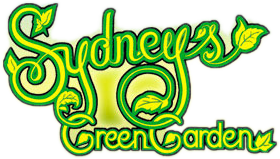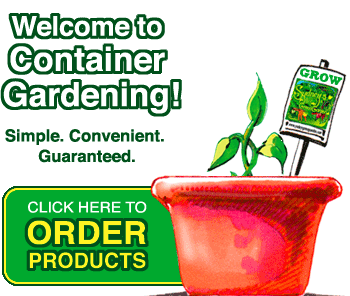It is important to us to say why we think it worthwhile to do this business.
Oily food – Food-related fuel economy
The cost of getting your food packaged and to you is measured in energy and fuel costs. The high cost of the food is not the food. Think about it this way: A quick way to improve food-related fuel economy would be to buy a quart of motor oil and drink it. Of course that would kill you, but it describes the problem in a short statement.
In America, we use nearly as much fossil fuel getting food to our refrigerators as we do in our cars. We use about 400 gallons of oil per year per citizen. 17% of our nation’s energy use goes to agriculture. How can that be?
First there is the equipment: Combines, tractors, harvesters, irrigation, sprayers, bailers, tillers, and other equipment use oil. Then there are the inputs, which use even more: Synthetic fertilizers make up more than a quarter of all farming energy.
The largest portion of fossil fuel used is in the trip from the farm to your home. Most of the groceries you buy have traveled an average of 1,500 miles. That’s a lot of fuel for a meal. In addition, processing (milling, drying, cutting, sorting, baking), warehousing, packaging and refrigeration also use oil. The energy used for production, packaging and shipping is much more than the calories we receive from the food. If every U.S. citizen ate just one meal a week that was composed of organically and locally raised produce and meats we would reduce our country’s oil consumption by 1.1 million barrels of oil a week or 57 million barrels a year. Even more would be saved if you had your own garden right next to your kitchen. Maybe the beginning of becoming a less energy dependent nation starts one garden at a time.
You can find your nearest farmers’ markets and local producers on the USDA Web site:www.ams.usda.gov/farmersmarkets. Also check: www.localharvest.org andwww.csacenter.org.
In commercial farming, some of the soil and any chemicals used are washed away during rainstorms. The soil creates sedimentation in the streams and lakes, which can be very harmful to the natural ecosystem. The chemicals used also get into the water system. Because we use containers to hold the soil and, we do not use chemical pesticides, you will not be damaging the environment.
Since you are holding this booklet or reading this on the internet you are the kind of person that would enjoy and read a book that really tells a story about how we can all have and build a better tomorrow with small steps today. It is called “Animal Vegetable Miracle”, by Barbara Kingsolver. It will change your perspective on buying food for your family.
Sydney’s Green Garden is a system that can be used where it is not possible to grow gardens, such as areas with poor soil or urban landscapes. I felt so strongly about this being a part of future urban developments that I studied and received my LEED Certification (Leaders in Energy and Environmental Design) for construction of new buildings and major renovation of existing buildings. I intend to assist in the design of a building that will incorporate a food producing system.

